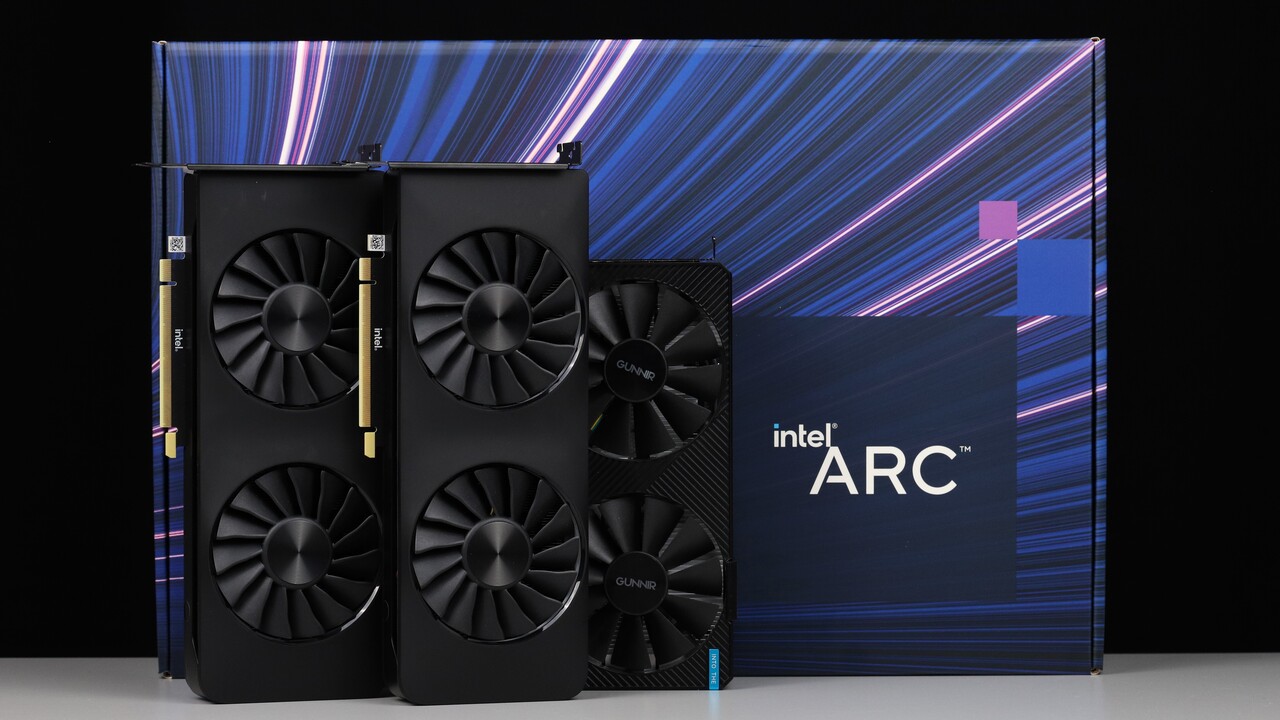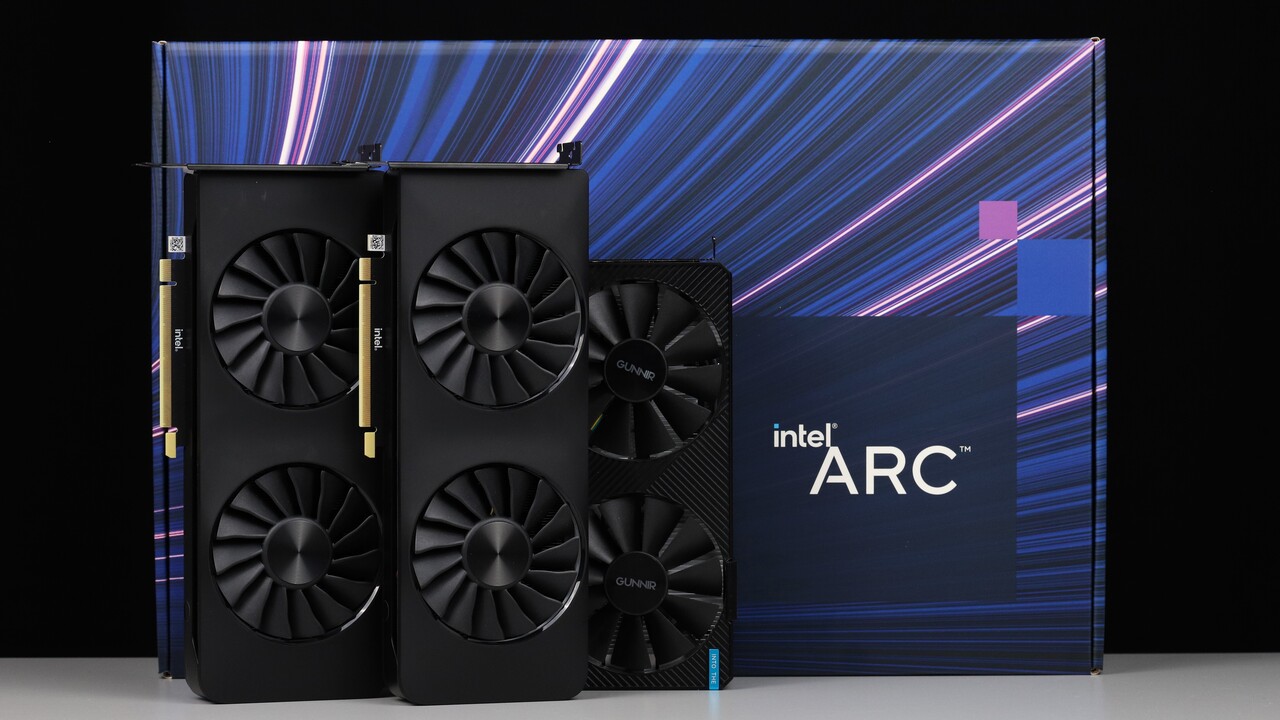DegustatoR
Legend
Yeah, but this isn't anything new really. Same as A380 it falls between AMD and Nvidia in RT. Certainly not above Nv though.RT is bascially 3060 level according to Computerbase.

Arc A770 & A750 im Test: Das können Intels Gaming-Grafikkarten
Das Warten hat ein Ende: ComputerBase präsentiert Benchmarks und Messergebnisse von Intel Arc A770 & A750 im Vergleich mit GeForce & Radeon.www.computerbase.de


